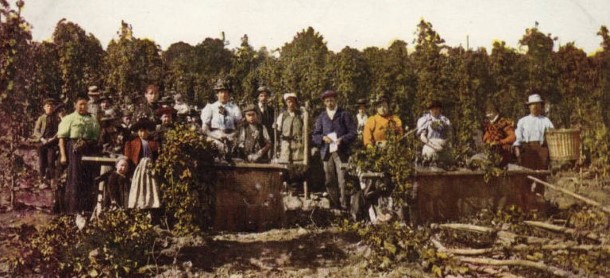The headline itself — The Cultural Triumph of Craft Beer — evokes my questions, but you really should read Jeff Alworth’s post at Beervana from start to finish. It is not easily summarized, but I’ll go with what he wrote for the front page:
“The sense about craft beer right now, with assaults from a global pandemic and hard seltzer, is often morose. In purely financial terms, beer seems to be sputtering. But as a cultural force, it has never been stronger.”
The headline above gives away the questions the post provoked for me. Is (craft) beer changing our culture? Or is our culture changing (craft) beer? Put another way, is (craft) beer keeping up with a changing culture? And, of course, beer is made by brewers at breweries. So we have another set of questions, including, Are brewers and breweries keeping up with a changing culture?
Additional reading
– Martin Luther King, Jr.’s final unfinished struggle.
– Introducing the Imbibe 75.


